SCHOTTEL Tidal Generators Push Renewable Energy
The Canadian SCHOTTEL subsidiary Black Rock Tidal Power Inc. (BRTP) has recently won a demonstration berth in the Bay of Fundy, known for its high tidal range. BRTP will install SCHOTTEL tidal generators (STG) on a Triton platform developed by Tidal Stream Ltd. in which SCHOTTEL holds shares. The device will be readily installed in spring 2016 with initially 16 STG turbines (1.1 MW capacity), stepping up to the full capacity of 2.5 MW using 36 STG turbines in early 2017. The generated electricity will be fed into the North American power supply system, amortizing the costs of the installation.
Already in early summer 2014 another test platform with SCHOTTEL STG turbines will be installed off the Isle of Wight. The platform is designed by the British company SME (Sustainable Marine Energy). Further operational experience will be gathered in 2014 and 2015 through test installations in Northern Ireland and Atlantic Canada.
“Our tidal turbines are very flexible components. This is obvious from the variety of projects operating with the turbines, and the trust of our clients and supporters, including the private sector as well as public authorities,” explained Niels Langefrom SCHOTTEL. “Hydrokinetic energy will play an important role in the future energy mix. With our turbines we offer cost-effective harvesting.”
The STG is a lightweight, yet robust tidal generator, based on the fact that reducing turbine size leads to a better ratio of power and material use. High overall power can be reached with a higher number of turbines. Depending on the current velocity, one STG produces between 54 and 70 kW rated, grid-ready electric power based on rotor diameters between five and three meters .Each of the turbines is connected to a frequency converter feeding into a common DC bus installed on the tidal platform. Thanks to the modular approach, STG can be implemented in rivers, sea straits and tidal races offshore in jetty, floating or submerged platforms in varying quantities.
TidalStream Triton platforms are connected to a single mooring point on the seabed by means of universal joints. The turbines are positioned at an optimum height, away from the low flow boundary layer near the seabed and from the storm-affected region near the surface. The vertical platform structures are surface-piercing and can be accessed at any time for the maintenance of the electric and control systems located inside. By de-ballasting the water filled spar buoys, the platform can be brought up to the water surface where the turbines can be accessed easily and safely, and even be exchanged in situ.
The PLAT-O platform of SME uses a taut mooring system to position the complete device subsea. PLAT-O is positioned “mid-water” at a variable depth and is therefore able to capture strong currents in a variety of waters.




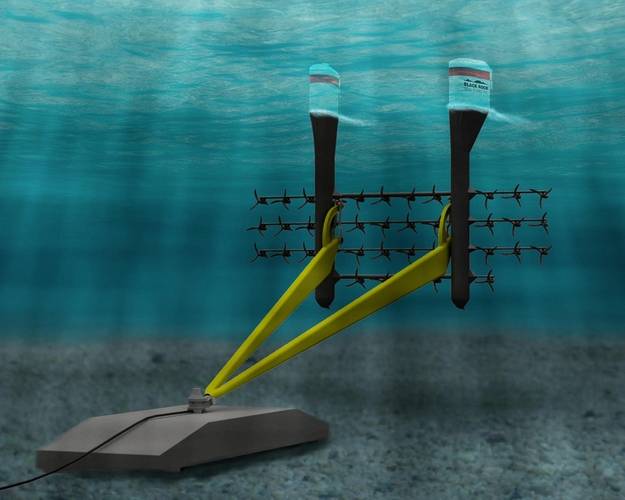
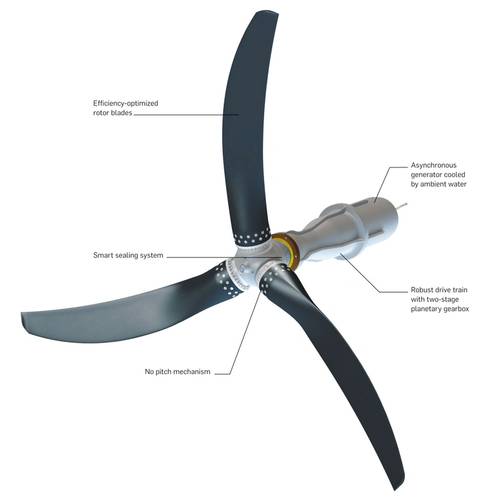
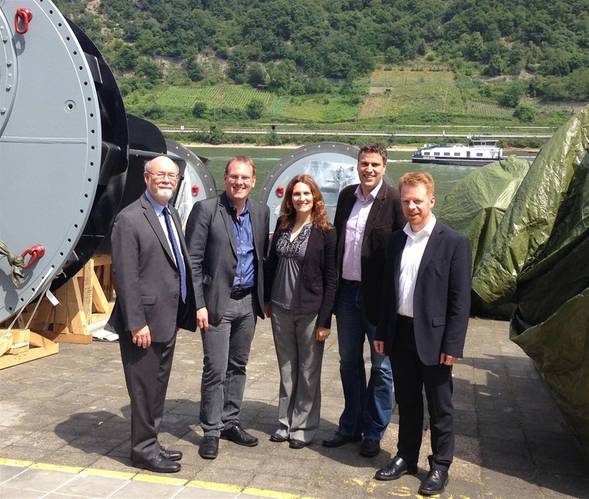
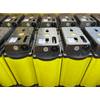
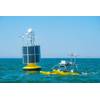
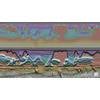


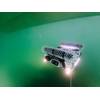







 August 2025
August 2025



